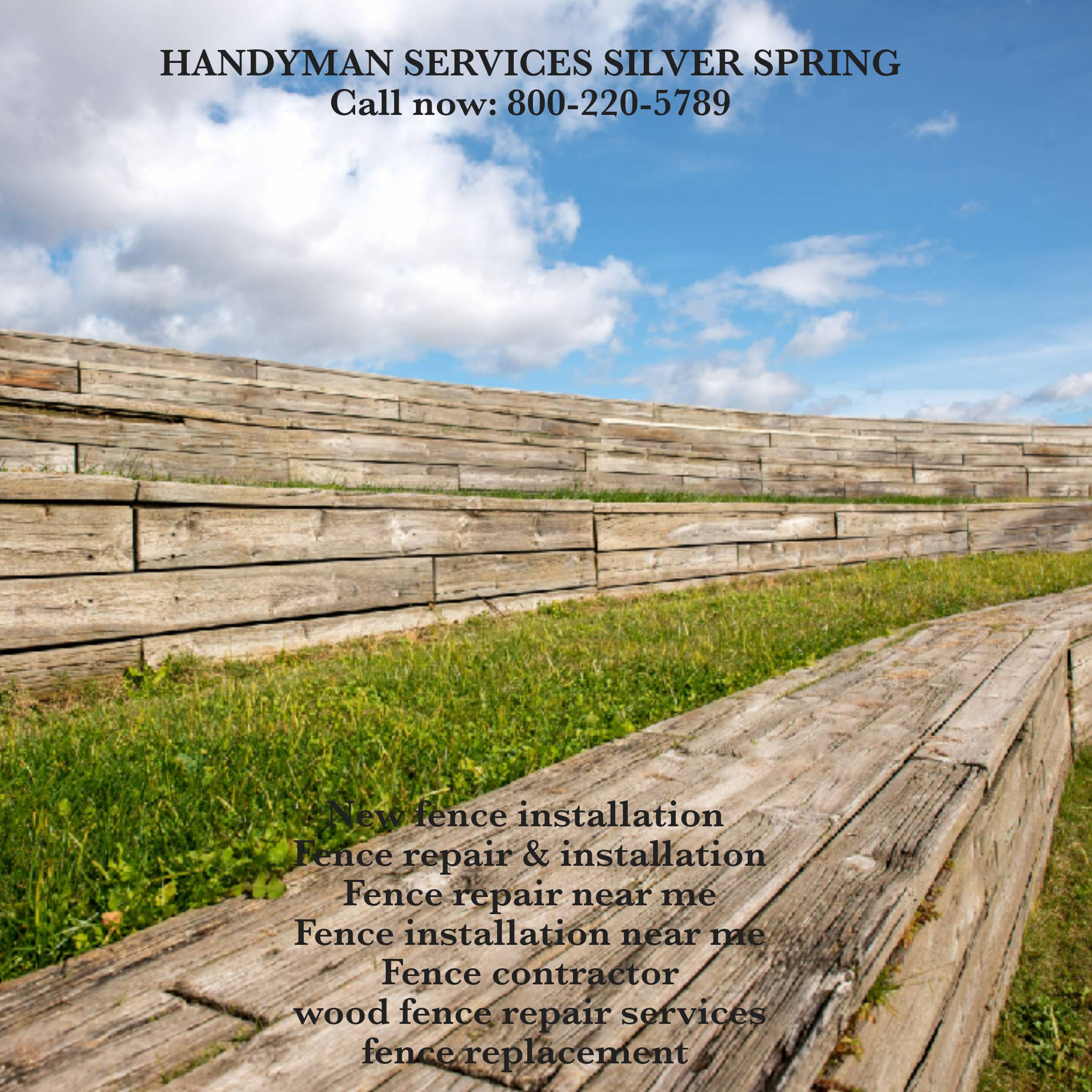What are best practices to install fence posts?
Installing fence posts properly is crucial for the stability and longevity of your fence. By following best practices, you can ensure that your fence withstands the test of time and provides the desired security and privacy for your property. Here’s a comprehensive guide on the best practices to install fence posts.
- Planning: Before starting the installation process, plan your fence layout carefully. Determine the fence line, mark the locations for the posts, and consider any slopes or obstacles that might affect the installation.
- Selecting Materials: Choose high-quality materials for your fence posts, such as pressure-treated wood, galvanized steel, or vinyl. Ensure the posts are suitable for the specific fence type you’re installing.
- Digging the Holes: Digging the post holes correctly is vital. The holes should be deep enough to provide stability and prevent shifting. As a general guideline, dig holes approximately one-third the total length of the post and make them wide enough to accommodate the post and the concrete footing.
- Checking for Underground Utilities: Before digging, check for any underground utilities in the vicinity. Contact your local utility companies to locate and mark any buried cables or pipes to avoid accidents or damage.
- Setting the Posts: Start by placing a few inches of gravel or drainage material in the bottom of each hole. Insert the post into the hole, ensuring it is plumb and level. Use a spirit level to check the alignment in both directions. Temporary braces or supports can be used to hold the posts in position while concrete is being added.
- Mixing and Pouring Concrete: Prepare a concrete mix according to the manufacturer’s instructions. Pour the concrete into the hole, filling it to slightly above ground level. Ensure the concrete is evenly distributed and use a tamper or rod to eliminate any air pockets. Slope the top of the concrete away from the post to facilitate water drainage.
- Curing Time: Allow sufficient time for the concrete to cure before attaching the fence panels. Follow the concrete manufacturer’s recommendations, but typically, waiting for at least 24-48 hours is advisable.
- Securing the Fence Panels: Once the concrete has cured, attach the fence panels securely to the posts using appropriate fasteners, such as screws or nails. Ensure the panels are level and properly aligned.
- Adding Post Caps: Consider adding post caps to the top of each fence post. Post caps provide protection against moisture and add a decorative element to your fence while also extending the post’s lifespan.
- Regular Maintenance: To maximize the durability of your fence posts, conduct regular maintenance. Inspect for any signs of damage, rot, or shifting. Replace or repair any damaged posts promptly to prevent further issues.
- Additional Considerations: Take into account local building codes and regulations when installing fence posts. In some areas, permits may be required, or specific guidelines must be followed.
Remember, these best practices are general guidelines, and it’s always recommended to consult local experts or professionals for specific advice based on your region’s climate, soil conditions, and the type of fence you’re installing. Proper installation of fence posts will ensure the stability and longevity of your fence, giving you peace of mind and adding value to your property.

